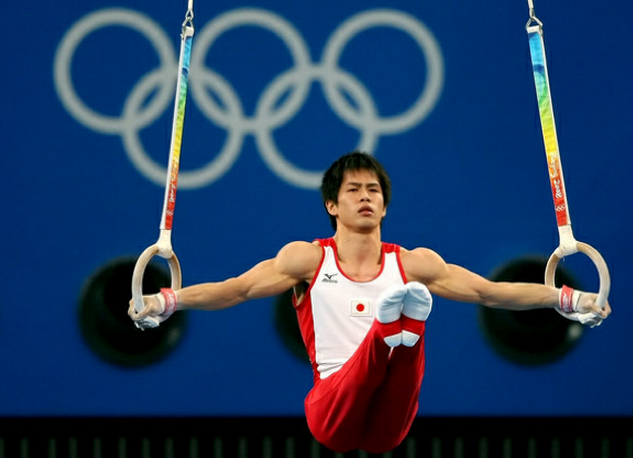
A great display of muscular control and core strength
In my last article, I made the somewhat controversial claim that CrossFitters generally have rubbish core and lumbo-pelvic control. While I stand by that claim, I thought it was worth explaining in a little more detail — and maybe even giving a few pointers on how to improve.
Understanding Core Strength vs. Core Control
When we talk about core strength and stability, there are actually two related but distinct concepts:
Core & Lumbo-Pelvic Stability
This refers to the ability to create a strong, solid core as a base for generating strength and power. It’s commonly achieved through abdominal bracing, and most athletes do this very well.
Core & Lumbo-Pelvic Control
This refers to the ability to maintain intervertebral stability through range of motion — controlling muscle activation and stabilizing the spine segment by segment as you move.
This, I would argue, is far more important and much harder to achieve.
If you have good control, you’ll also have good stability. However, the reverse isn’t always true — and if you rely on stability without control, you’re setting yourself up for long-term problems.
The Two Muscle Systems That Control the Spine
Broadly speaking, there are two systems of muscles involved in lumbo-pelvic stability and control:
1. Local Stabilizing Muscles
These are deep, small postural muscles that include:
-
Transversus abdominis
-
Pelvic floor muscles
-
Multifidus and other intervertebral stabilizers
Their role is to protect the spine by maintaining stability and providing a strong base for movement.
2. Global Movement Muscles
These are the bigger, more powerful muscles that generate motion:
-
Spinal erectors
-
Hip flexors
-
Gluteus maximus
-
Lats
While their roles overlap, for simplicity, think of it this way: local muscles stabilize, and global muscles move.
Why CrossFitters Struggle with Core Control
Unfortunately, many athletes — especially CrossFitters — fail to develop the neuromuscular control needed to properly recruit local stabilizers. As a result, they compensate with global muscles, leading to imbalance and eventual breakdown.
Here are a few common reasons why this happens:
1. Previous Injury
After injury, local stabilizers often become inhibited, meaning they activate slower and produce less force. Without retraining them, the bigger muscles take over.
2. Increasing Load Too Quickly
This is a big one. Going too heavy too soon or doing too many reps — especially under fatigue — often leads to poor technique and over-reliance on global movers.
3. Ignoring Recovery
Never underestimate the role of recovery. When you’re fatigued, your local stabilizers give out long before your big global muscles, leaving your spine vulnerable under load.
The Common Fault: Anterior Pelvic Tilt
One of the most frequent issues I see among CrossFitters (myself included) is anterior pelvic tilt.
A healthy spine has a natural inward curve, known as the lumbar lordosis, when the pelvis is in a neutral position. But when the pelvis tips forward excessively, the lower back becomes hyperextended, leading to:
-
Overactive hip flexors, lats, and erector spinae
-
Locked-out lumbar segments
-
Increased stress on the spine and surrounding joints
At first, this position feels stable and even lets you lift heavy. But here’s the catch: over time, this can contribute to:
-
Hamstring strains
-
Groin injuries
-
Patellofemoral pain
-
Lower back issues
-
Even shoulder injuries, thanks to overactive lats internally rotating the humerus
Try performing a heavy snatch or jerk with an anteriorly rotated pelvis and a fatigued global system — suddenly, that 100kg overhead load is crashing down onto tiny facet joints in your spine. The result? Upset joints, poor performance, and possible injury.
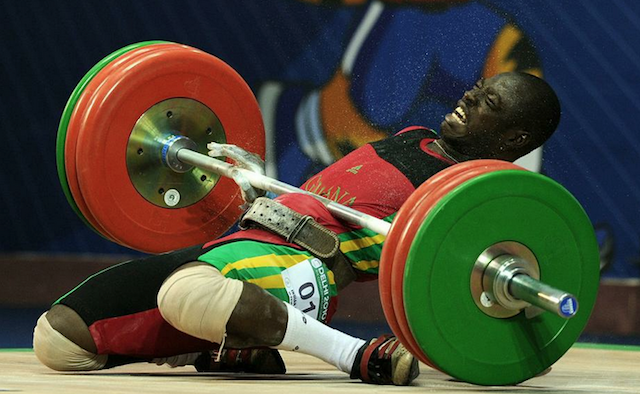
Failed Lift?
How to Fix Poor Core Control
So, what’s the solution? It comes down to two key steps:
Step 1: Achieve a Neutral Spine
If you’re stuck in anterior tilt, you need to figure out what’s pulling you there and release it. Common culprits include:
-
Tight hip flexors
-
Overactive erector spinae
-
Lat tightness
-
Calves and posterior chain tension
What to do:
Use a foam roller, tennis ball, or even a massage therapist. Spend 20–30 seconds releasing tight spots before training.
Step 2: Strengthen Underactive Muscles
Once you’ve freed up tight tissues, focus on strengthening the muscles that stabilize the pelvis and spine:
-
Gluteus maximus (hip extension + stability)
-
Hamstrings (counteract tight hip flexors)
-
Local core stabilizers (transversus abdominis, pelvic floor, multifidus)
The challenge? Your big global muscles will always try to take over. That’s why isolation drills and low-load activation work are so important.
Using Pilates and Stability Drills
Here’s where Pilates-inspired exercises and targeted drills can be useful:
-
Bird-dogs
-
Dead bugs
-
Low-load pelvic tilts
When performing these, focus on:
-
Keeping a neutral lumbar spine
-
Avoiding unnecessary arching or flattening
-
Controlling pelvic rotation without overusing global movers
Once you’ve mastered these patterns, apply the same control principles to CrossFit lifts. Every squat, snatch, and kip becomes a lumbo-pelvic control exercise.
Why It’s Worth the Effort
I won’t lie — this isn’t easy. It may require reducing your loads and retraining your movement patterns. But the payoff is huge:
-
Fewer injuries
-
Heavier lifts
-
Better longevity in training
-
More efficient energy transfer
-
Increased performance
By improving lumbo-pelvic control and training your local stabilizers, you free up your global movers to do what they do best: move big weight.
Final Thoughts
CrossFit rewards intensity, but sustainable performance requires more than brute strength. By improving your core control, pelvic positioning, and activation patterns, you’ll protect your body and lift heavier, for longer — with less effort.






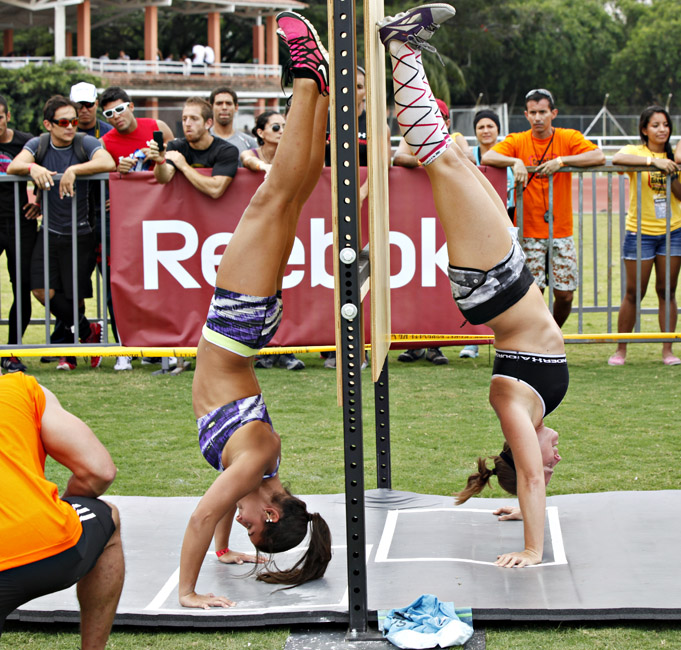



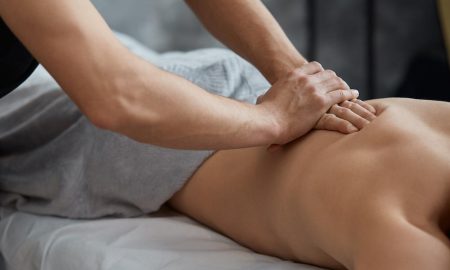
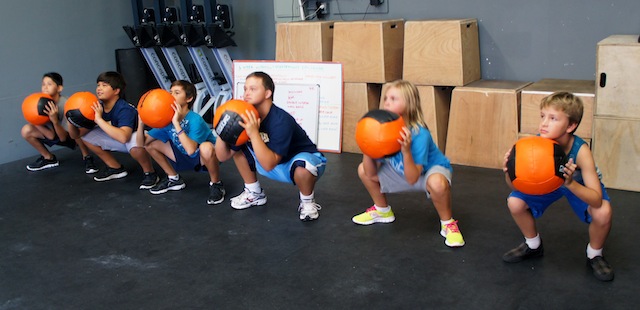
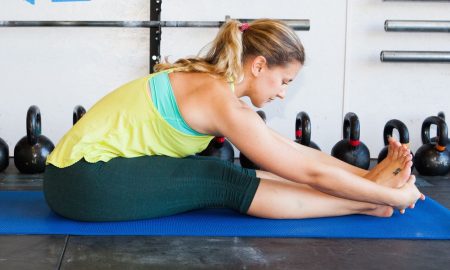
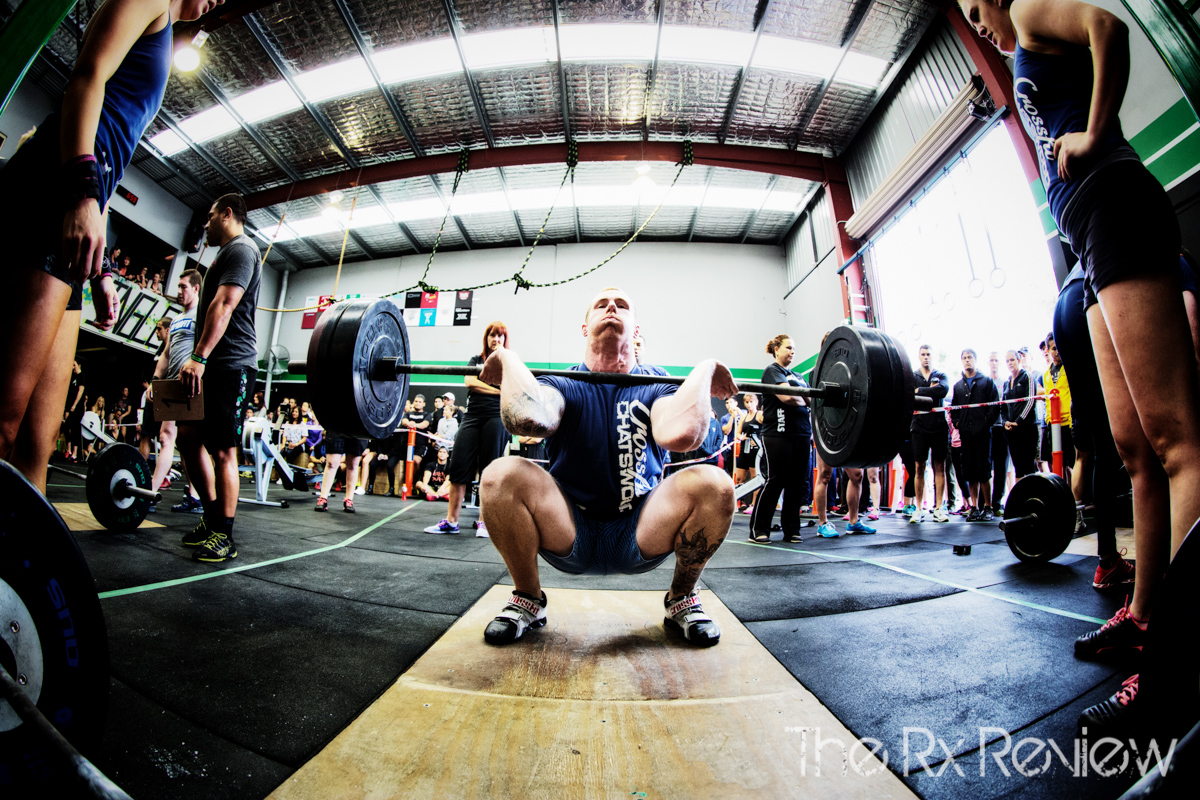


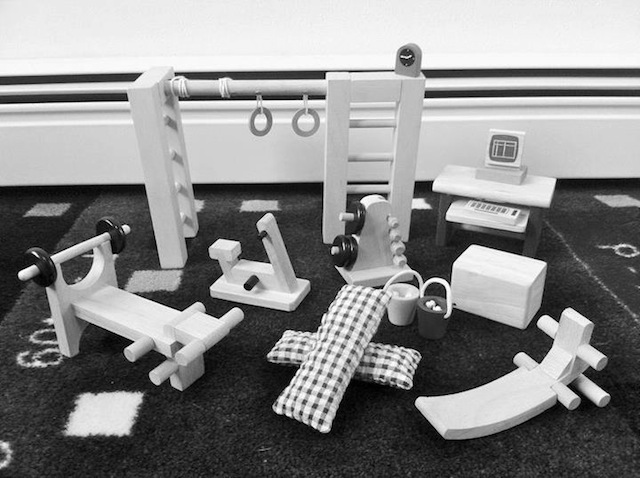
20 Comments